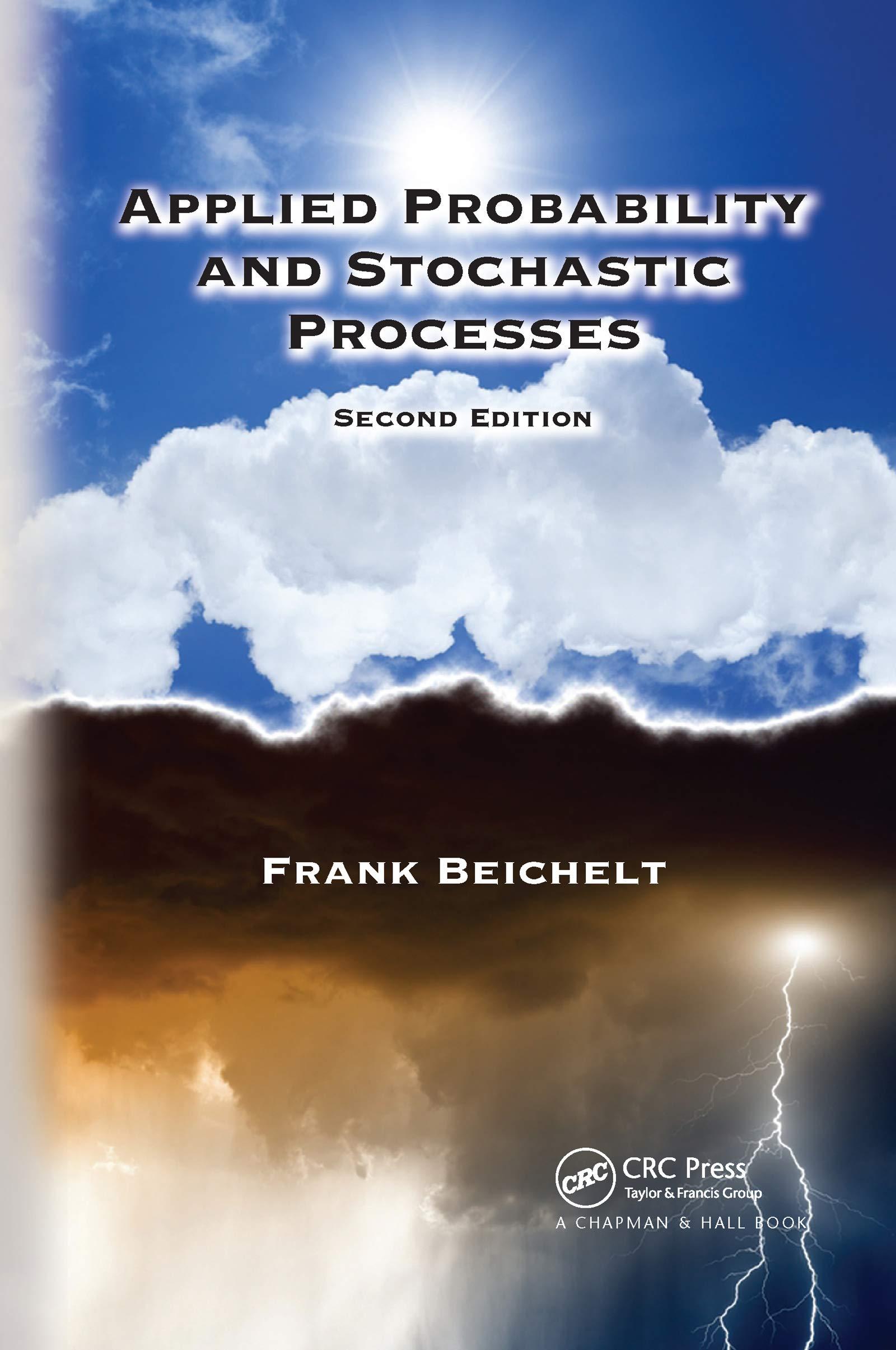Claims arrive at an insurance company according to an ordinary renewal process (left{Y_{1}, Y_{2}, ldots ight}). The
Question:
Claims arrive at an insurance company according to an ordinary renewal process \(\left\{Y_{1}, Y_{2}, \ldots\right\}\). The corresponding claim sizes \(M_{1}, M_{2}, \ldots\) are independent and identically distributed as \(M\) and independent of \(\left\{Y_{1}, Y_{2}, \ldots\right\}\). Let the \(Y_{i}\) be distributed as \(Y\); i.e., \(Y\) is the typical interarrival interval. Then \((Y, M)\) is the typical interarrival cycle. From historical observations it is known that
\[\mu=E(Y)=1[h], \quad \operatorname{Var}(Y)=0.25, \quad v=E(M)=\$ 800, \quad \operatorname{Var}(M)=250.000\]
Find approximate answers to the following problems:
(1) What minimum premium per unit time \(\kappa_{\min , \alpha}\) has the insurance company to take in so that it will make a profit of at least \(\$ 10^{6}\) within 20000 hours with probability \(\alpha=0.99\) ?
(2) What is the probability that the total claim reaches level \(\$ 10^{5}\) within \(135 h\) ?
Before possibly reaching its goals, the insurance company may have experienced one or more ruins with subsequent 'red number periods'.
Step by Step Answer:

Applied Probability And Stochastic Processes
ISBN: 9780367658496
2nd Edition
Authors: Frank Beichelt





